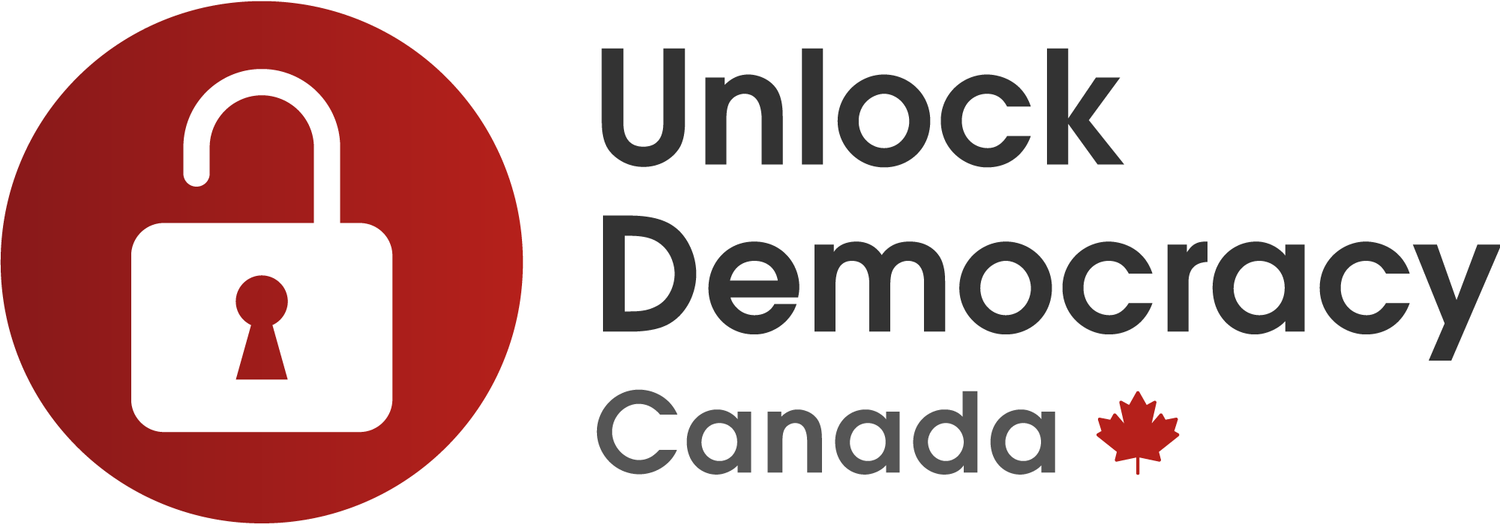Alberta's 2019
Welcome to the 12th edition of Lego My Vote - the most colourful democratic education tool in Canada!
Today we're looking at the results of Alberta's 2019 election, a classic example of how First-Past-the-Post fails voters.
In this case, the party who won majority government DID indeed win a majority of the votes. This is incredibly rare in Canada, and the United Conservative Party deserves credit for running a successful campaign. BUT.. that doesn't mean that the voting system worked. There are many ways in which our antiquated and obscure electoral method lets us down. Let's see which applied here:
1) First Past the Post (FPTP) often produces fake majorities that literally give power to one party - against the will of the majority. This happened in Alberta in 2015, PEI (2015), our national election in 2015, Ontario (2018), New Brunswick (2018), and Quebec (2018). In Alberta's 2019 election, this did NOT happen.
2) FPTP reduces voter choice, by incentivising mergers. It's so rare that we see new parties emerge successfully, under our plurality system. A healthy political system would encourage new parties, and reward them. Instead, what we see is that new parties are almost always followed by pressure to merge with another party - returning us back to where we started: less choice. This definitely happened in Alberta.
3) FPTP discriminates against smaller parties. This happened for sure. In particular, The Alberta Party earned 9% of the vote, which should translate in to eight seats. Instead, they got zero. Think of it this way: The Alberta Party got 170,872 votes. If all those people lived in one spot, they would be the third largest city in Alberta!! Yet they have no representation at all in the legislature. (The Liberals too should have received one seat, based on their 18,457 votes).
4) FPTP encourages strategic voting. In a proportional election, you can always vote with your heart. But with our garbage voting system, there's a mathematical disincentive to vote for any party other than a 'front runner'. That means that supporters of the other TEN parties, had to make a hard decision: Vote in a way that authentically represents their view - or vote in way that won't "waste" their ballot. In a fair voting system, there is no such thing as a wasted ballot.
5) FPTP feeds negative campaigning. Under a ranked ballot and/or a proportional model, there are incentives to collaborate and disincentives for negative attacks. No voting system encourages more hostility and polarisation than our cherished plurality model.
So there you have it. A fake majority? No, not based on the results on election day. But a narrowed field, strategic voting, negativity and distorted outcome? Sadly, yes.
We can do better. Join Unlock Democracy, as we push for meaningful reform that liberates our democratic potential!





